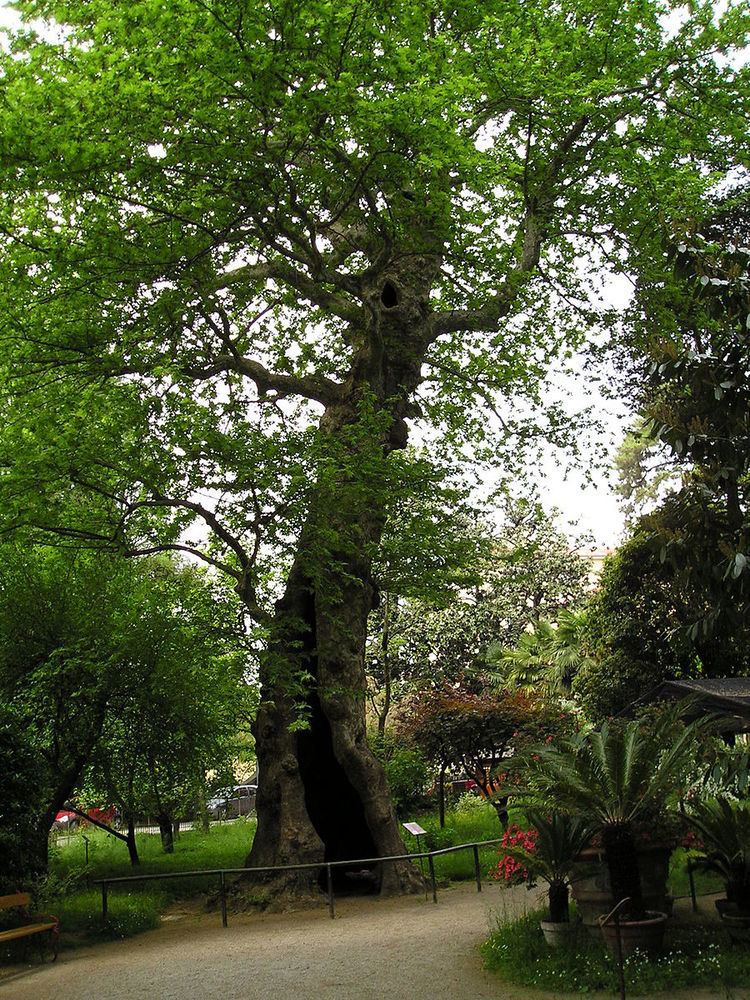 | ||
"Ombra mai fu" is the opening aria from the 1738 opera Serse by George Frideric Handel.
Contents
Context
The opera was a commercial failure, lasting only five performances in London after its premiere. In the 19th century, however, this aria was rediscovered and became one of Handel's best-known pieces. Handel adapted the aria from the setting by Giovanni Bononcini who, in turn, adapted it from the setting by Francesco Cavalli. All three composers had produced settings of the same opera libretto by Nicolò Minato.
Music
Originally composed to be sung by a soprano castrato (and sung in modern performances of Serse by a countertenor, contralto or a mezzo-soprano), it has often been arranged for other voice types and instruments, including solo organ, solo piano, violin and piano, and string ensembles, often under the title "Largo from Xerxes", although the original tempo is marked larghetto.
In the opera, the aria is preceded by a short recitativo accompagnato of nine bars, setting the scene ("Frondi tenere e belle"). The aria itself is also short; it consists of 52 bars and typically lasts 3 to 4 minutes.
The instrumentation is for a string section: first and second violins, viola, and basses. The key signature is F major, the time signature is 3/4 time. The vocal range covers C4 to F5 with a tessitura from F4 to F5.
Words
The title translates from the Italian as "Never was a shade". It is sung by the main character, Xerxes I of Persia, admiring the shade of a plane tree.
